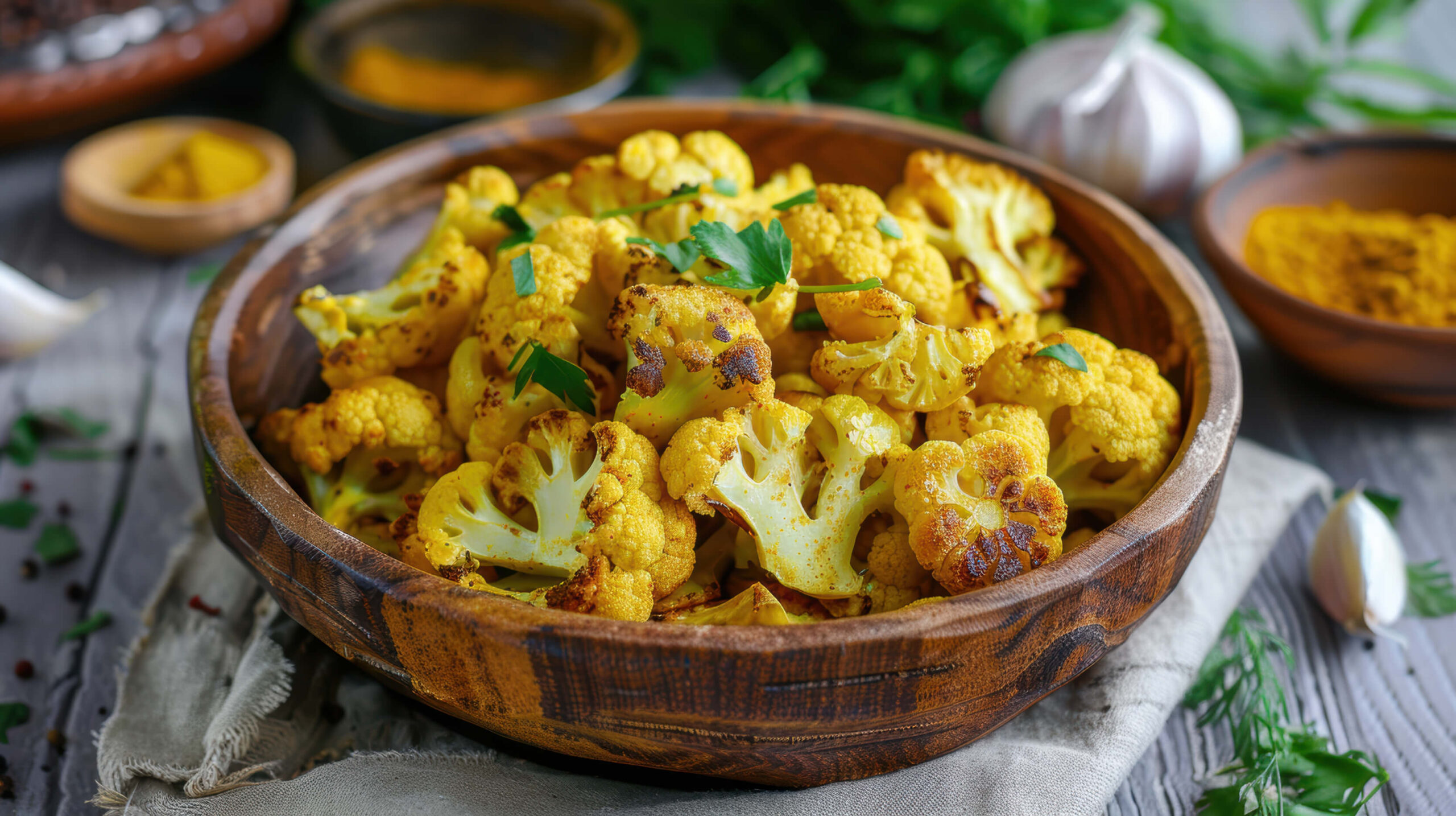Hidden Salt
The Food and Drug Administration recommends that most Americans can safely consume about 2,000 milligrams of sodium each day. People at risk for heart disease should limit their intake to around 1,500 mg. However, the average American consumes about 3,400 mg of sodium per day. Most of this excess salt consumption is not coming from the salt shaker. It’s coming from ready prepared packed foods. Cereal boxes, frozen dinners, canned soups, fast food and restaurant foods are often culprits for extra sodium.
The most common location for hidden sodium is packed sweets. Sweet blended coffee drinks and doughnuts are some of the most surprisingly sodium dense foods that don’t even taste salty. The best way to keep your sodium intake in check is to enjoy lots of plant based whole foods. Potassium, which is another essential nutrient, can balance sodium consumption by helping to lower blood pressure. Potassium is naturally found in fruits and vegetables like sweet potatoes, prunes, oranges, tomatoes and bananas. The best way to avoid hidden sodium is to embrace cooking with the vegetables and natural proteins that you love.
Related Blogs
-

Food is Medicine: Eat Well, Think Better
When trying to eat healthy, we often focus on the effects it will have on our heart, bones, and waistline….
-

Help Meals on Wheels of NWI serve nutritious meals, expand programs through…
Shopping the aisles at the local grocery store is a simple joy many of us experience regularly. But for many…
-

Help St. Jude House, Haven House and The Caring Place aid domestic…
Indiana ranks fifth in the country for domestic violence against women: 42.5% of women and 27.9% of men here have…






